One of the easiest ways to breathe some life into a room is with the addition of a plant or two. Plants not only add colour, but many houseplants also have air-purifying properties. The drawback, though, is that some of the most popular houseplants are also toxic to pets and children. If you want to spruce up your home without the worry, consider these plants instead. They are non-toxic so your pets and kids will be safe, even if they tend to nibble on the decor.
Sign up for our weekly newsletter. Our best decorating and DIY ideas delivered to your inbox.
Published March 16, 2018, Updated March 9, 2022
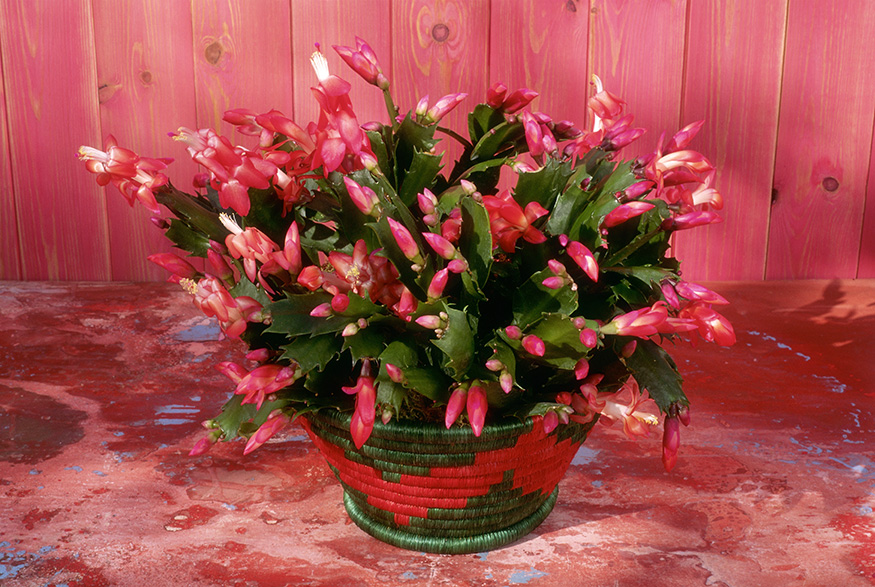
1. Christmas Cactus (Schlumbergera)
Native to the coastal mountains around Rio de Janeiro, the Christmas cactus blooms over the holiday period in the Northern Hemisphere. It likes medium light levels and not too much watering and because it’s easy to propagate, it’s the gift that keeps on giving.
Related: Support Local: The Best Online Plant Stores in Canada
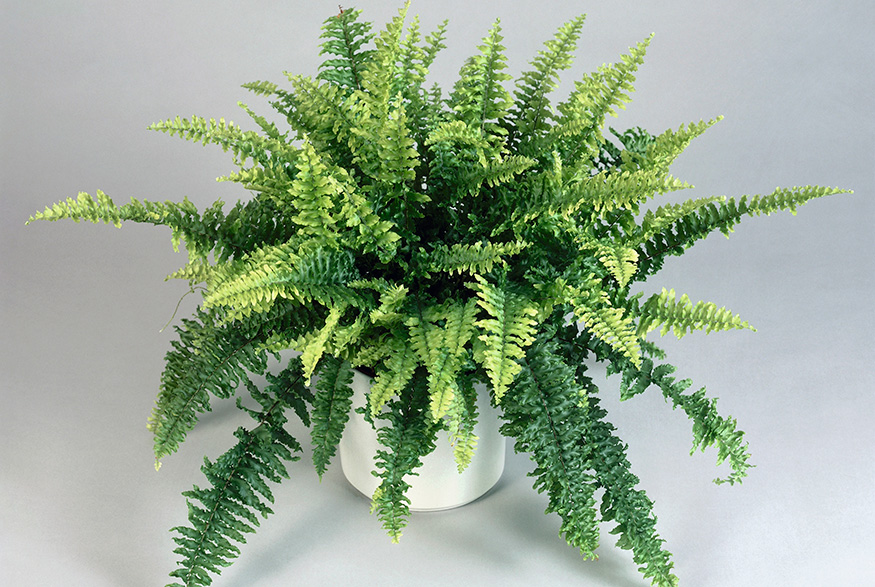
2. Boston Fern (Nephrolepis Exaltata)
Some ferns are highly toxic but if you’re looking for one that your cat can safely attack, the Boston fern is a great choice. Originally from the tropics, this plant prefers filtered light and high humidity levels.
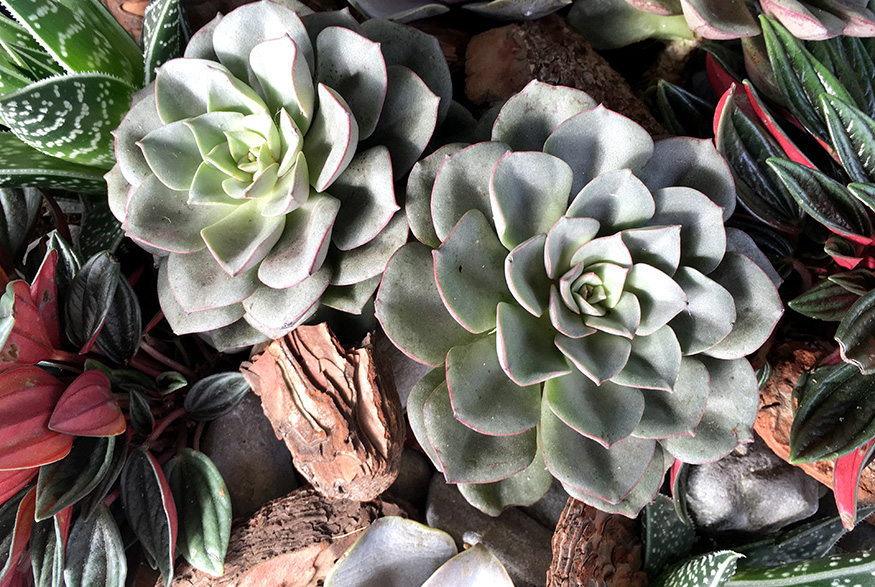
3. Blue Echeveria (Echeveria Glauca)
Also known as the hen and chicks, the blue echeveria is a succulent native to the semi-desert areas of Mexico and Central America. Because of its bluish colour and flower-like shape, it’s an attractive houseplant. It prefers plenty of light and not too much watering.
Related: 20 Indoor and Outdoor Plants That Will Flower in the Winter
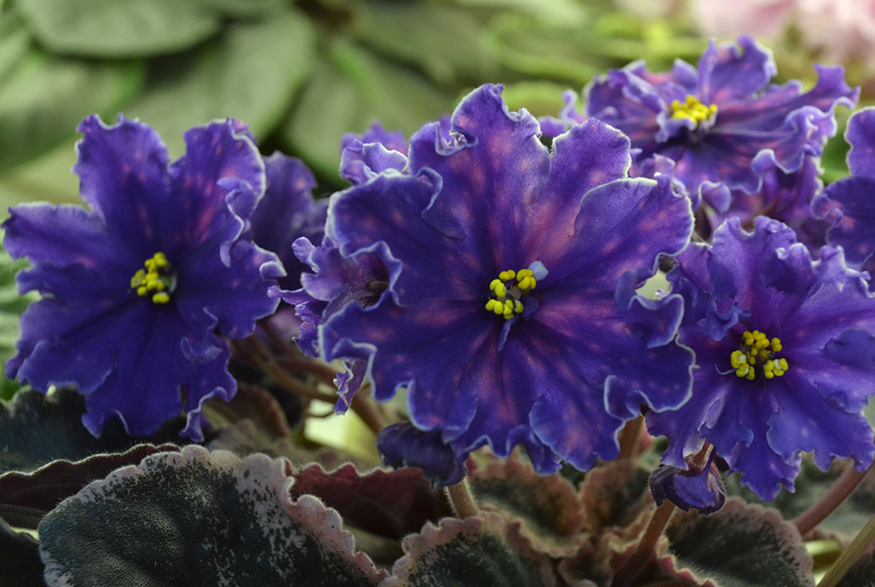
4. African Violet (Saintpaulia)
African violets are native to the tropical parts of East Africa and in the Canadian climate, they’re best grown indoors because they’re sensitive to changes in temperature. Unlike sweet violets, these velvety plants aren’t considered edible, but they’re not toxic either.
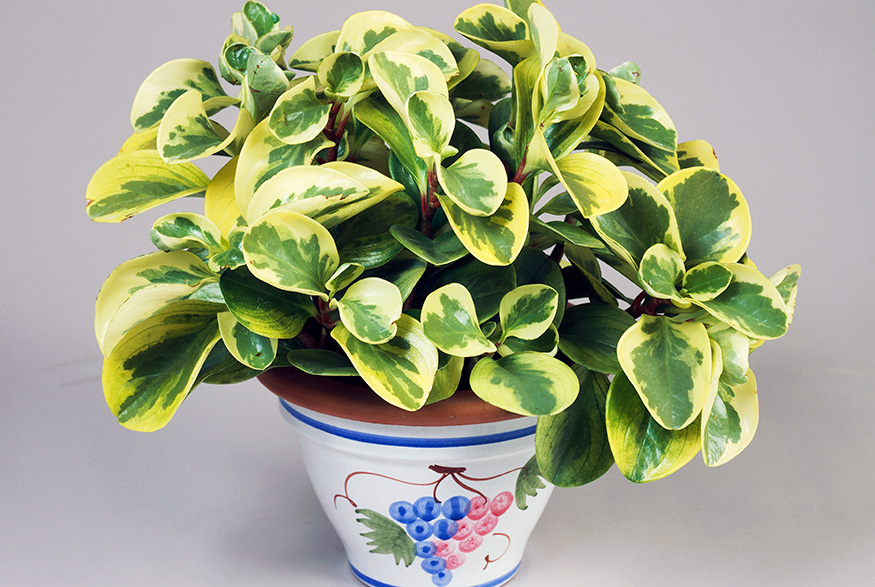
5. Baby Rubber Plant (Peperomia Obtusifolia)
The rubber plant, Ficus elastic, is poisonous, but the baby or American rubber plant, Peperomia obtusifolia, is a non-toxic alternative. It’s native to Florida, the Caribbean and Mexico and thrives in bright, indirect sunlight.
Related: 20 Plants That Will Improve the Air Quality in Your Home
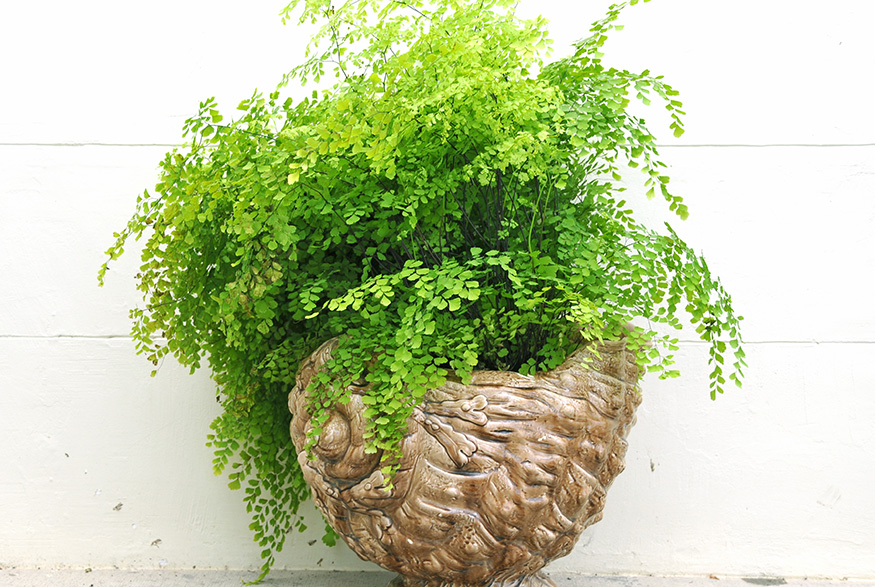
6. Baby’s Tears (Soleirolia Soleirolii)
Whether you call it baby’s tears, Paddy’s wig, mind-your-own-business or any of the many other names it goes by, Soleirolia is a child- and pet-safe plant that produces lots of tiny white flowers. It’s native to the northern Mediterranean.
Related: 20 Hacks to Keep Your Houseplants Alive During the Winter
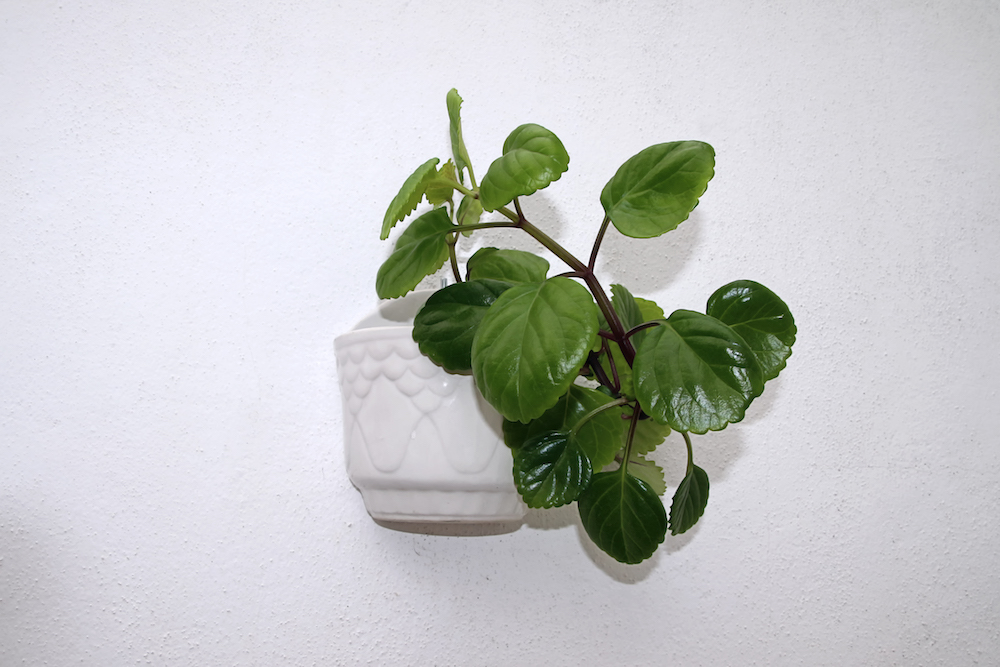
7. Swedish Ivy (Plectranthus Verticillatus)
Swedish ivy originally comes from southern Africa. Its tendency to trail makes it a good choice for a hanging basket and it prefers moisture and indirect sunlight.
Related: Would You Pay Someone $2,000 to Style Your Houseplants?

8. Prayer Plant (Maranta Leuconeura)
The prayer plant gets its name from the way the leaves fold in the evening, as if they’re hands folded in prayer. Native to the rainforests of Brazil, the prayer plant prefers bright, indirect sunlight and high humidity.
Related: The Best Bedroom Plants to Help You Get a Better Sleep

9. Wax Plant (Hoya Carnosa)
Also known as the porcelainflower or the Hindu rope, the wax plant is native to eastern Asia and Australia. It produces clusters of star-shaped flowers that come in various shades of pink and have a sweet scent. The wax plant prefers bright light.
Related: The Best Plant for You, According to Your Zodiac Sign

10. Areca Palm (Dypsis Lutescens)
The areca or butterfly palm is native to Madagascar and prefers bright, indirect light. It’s easy to care for as long as you don’t neglect it. An areca palm can grow to about two metres and can live for as long as 10 years.
Related: Weird Plant Tips for Your Home and Garden That Actually Work

11. Parlour Palm (Chamaedorea Elegans)
The parlour palm is native to Mexico and Guatemala and indoors it can grow to about two metres. It prefers humidity and bright, indirect light but will tolerate drier, low-light conditions. One of the great features of the parlour palm is that it’s low maintenance.
Related: House Plants That Help Reduce Humidity in the Bathroom

12. Burro’s Tail (Sedum Morganianum)
The burro’s tail is also known as the donkey’s tail or lamb’s tail. Native to Mexico and Honduras, it grows best in full sunlight and makes a great hanging plant. It produces pink to red flowers in summer and it is sensitive to overwatering in winter.
Related: 15 Hanging Planters You Can Make or Buy for Under $75
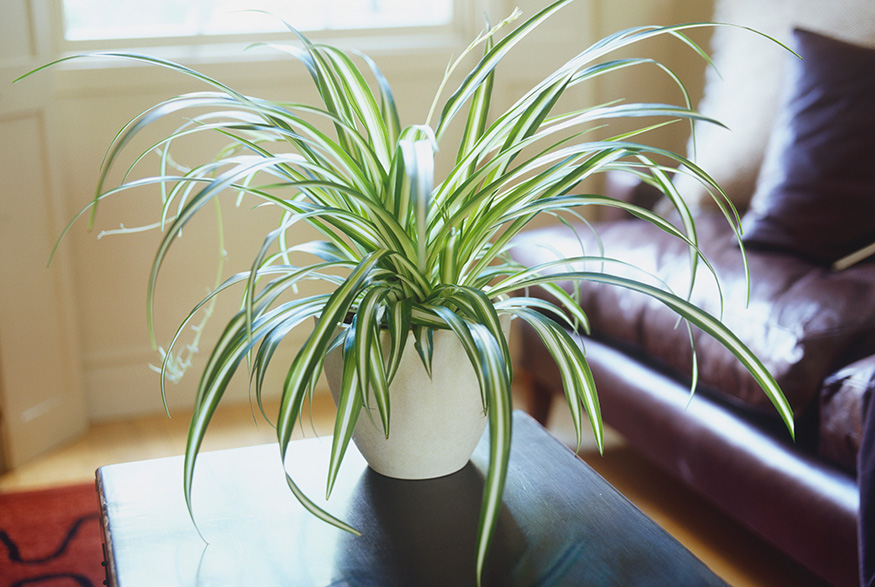
13. Spider Plant (Chlorophytum Comosum)
Native to tropical and southern Africa, the spider plant is also known as the airplane plant, spider ivy, ribbon plant or hen and chickens. It prefers moderate light but will grow in a wide range of conditions and will forgive you if you forget to water it. Give the spider plant extra consideration if you have a cat, as it’s not the most cat-friendly choice.
Related: 20 Hacks That Will Bring Your Dead (or Dying) Plant Back to Life

14. Ponytail Palm (Beaucarnea Recurvata)
Also known as the elephant’s foot, the ponytail palm isn’t a palm but a succulent. This means that it can go for long periods without watering, making it a low-maintenance option. The ponytail palm is native to Mexico and grows best in full sunlight.
Related: How to Keep Your Plants Alive While You’re on Vacation
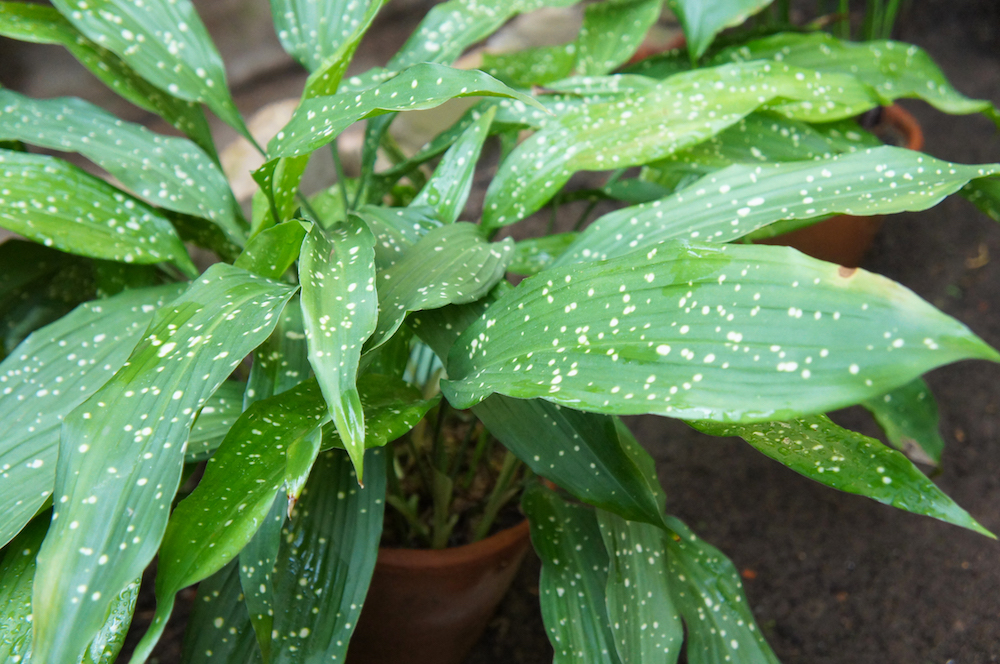
15. Cast-Iron Plant (Aspidistra Elatior)
Native to Japan and Taiwan, the cast-iron plant truly lives up to its name. It’s a very hardy plant that can tolerate low light and humidity, irregular watering and fluctuations in temperature. It’s also known as the bar-room plant.
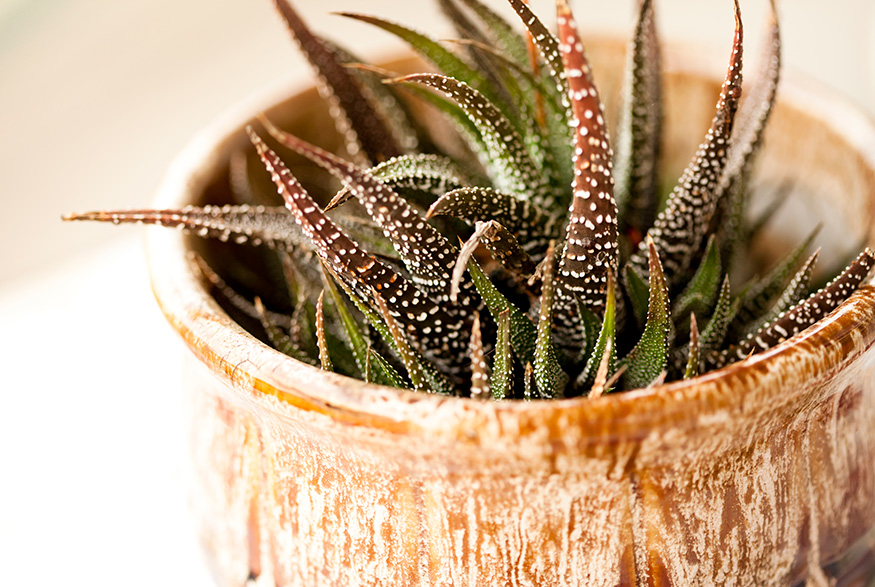
16. Haworthia
Related to aloes, which are toxic to pets and children, Haworthia plants are a safe option if you want a succulent that looks like a small aloe. They’re native to southern Africa and there are many different species. Thinking about getting a dog? This is how much it actually costs.
Related: Easy-to-Care-for Indoor Plants That Go Beyond Succulents

17. Phalaenopsis Orchids
Also known as moth orchids, Phalaenopsis orchids are native to Asia and Australia. They’re among the hardiest of the orchids but prefer higher temperatures, high humidity and low light conditions. There are many different species and they come in a variety of colours.
Related: 15 Plant-Filled Living Rooms for Serious Decor Inspiration
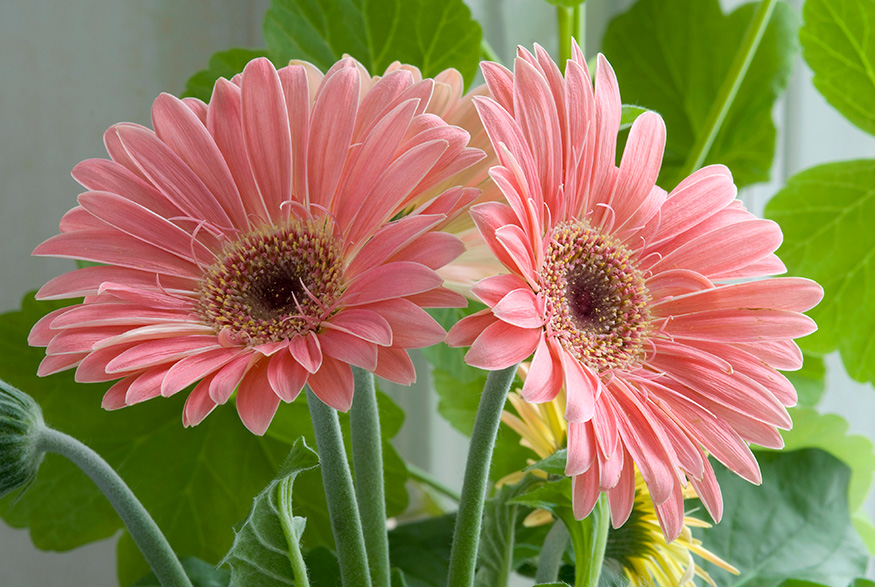
18. Barberton Daisy (Gerbera Jamesonii)
The Barberton daisy is also known as the Transvaal or Gerbera daisy. It’s native to South Africa and needs direct sunlight, moist soil and average temperatures. It can flower at any time of year, with flowers lasting from four to six weeks.
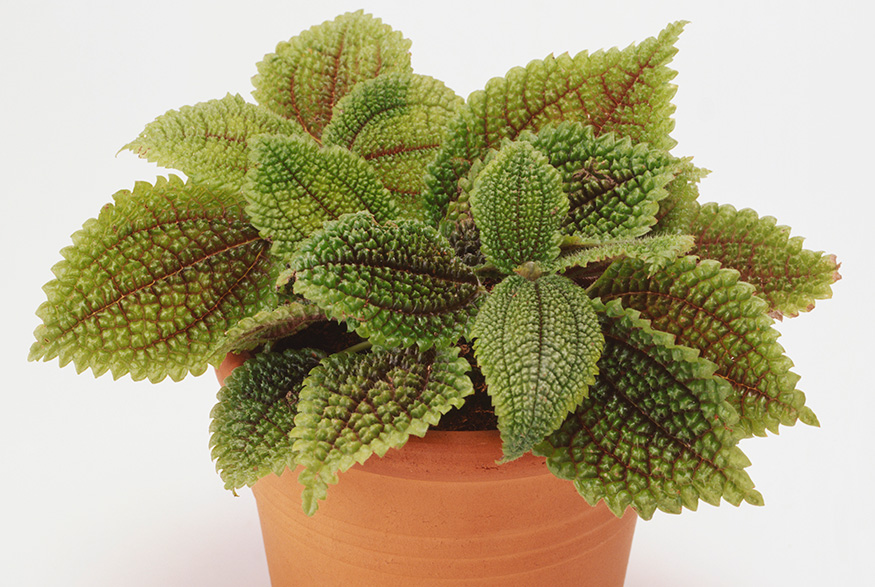
19. Friendship Plant (Pilea Involucrata)
The friendship plant is native to Mexico and Central America and propagates very easily from cuttings, so you’ll have new plants to give to your friends. It thrives in warm, humid conditions with plenty of bright, filtered light.
Related: 15 Plants That’ll Help With Stress, Anxiety and Depression
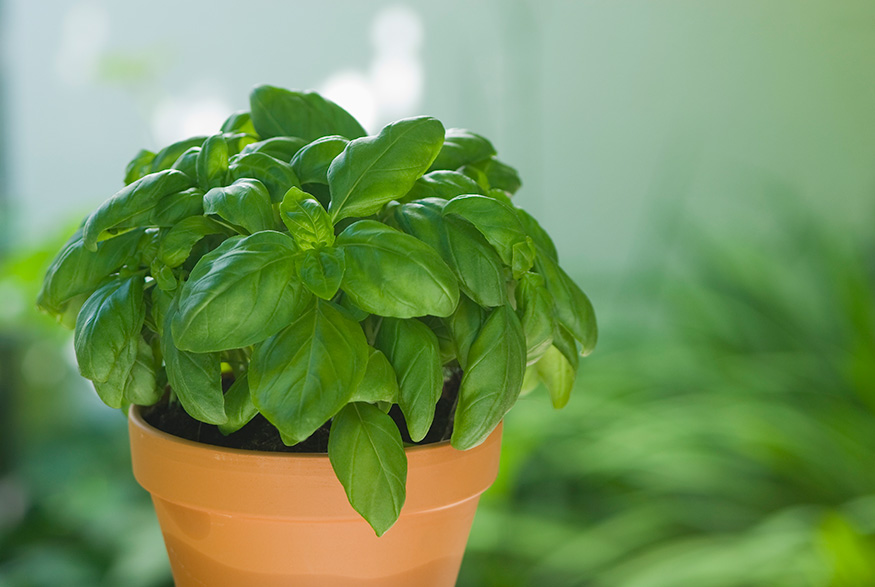
20. Basil (Ocimum Basilicum)
Before you start growing herbs on the kitchen windowsill or balcony, remember that just because you can eat them it doesn’t mean your furry friends can too. Many herbs are toxic to cats and dogs, but basil is a safe option that’s low maintenance and very versatile. Need more plant tips? Check out this helpful guide to determine what’s wrong with your plant.
Related: The Best Herbs and Medicinal Plants to Grow in Your Home This Spring
HGTV your inbox.
By clicking "SIGN UP” you agree to receive emails from HGTV and accept Corus' Terms of Use and Corus' Privacy Policy.





